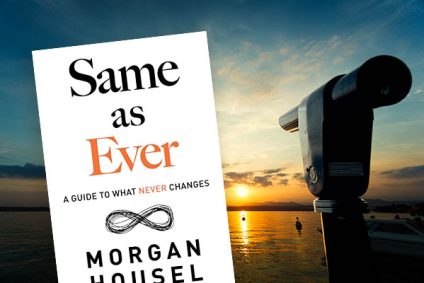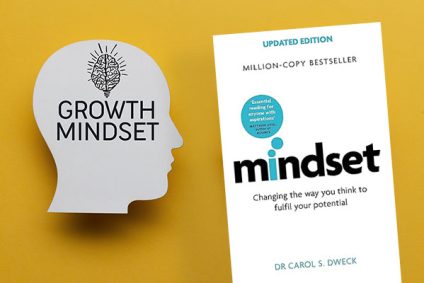Why do we make foolish decisions with money? For instance, why do we tell ourselves that we will save more, only to impulsively spend £100s on a luxury item only days later? In his compelling book, “The Behaviour Gap”, Carl Richards describes the reasons behind our poor decision-making and suggests practical ways to focus your financial goals and make better choices.
It is refreshing to read a book which empowers people to overcome their psychological biases and take responsibility for their financial present and future. According to Richards, human beings are naturally “wired” to avoid pain and seek pleasure. This leads us to make irrational decisions which “feel good” – even if they are against our own interests. For instance, we might buy a lot of shares when investors around us are feeling positive, and rush to sell when everyone else is panicking. Yet doing these things typically harms us in the long run, eroding our wealth.
The solution, presented by The Behaviour Gap, is to understand the “gap” and rethink how to handle your natural instincts when they emerge. One of the gaps people can identify and tackle is herd mentality, where we are drawn towards making the same decisions as those around us – even if they are unproductive. The dot.com boom is a case in point, where everyone seemed to be rushing to invest in tech stocks – even borrowing against their home. When the market crashed many people fell into debt, including those who allowed themselves to get caught up in the excitement and followed what others were investing in.
Overconfidence is another factor which can lead to a “behaviour gap”. In the 1990s, for instance, investment firm Long-Term Capital (run by Nobel Prize winners) put themselves in a horrible financial position. Confident that their investment choices could never lose more than $35m each day, they ended up with a $553m loss – requiring a bail out by the Federal Reserve. If professional investors can be led astray in this way, then “ordinary” investors need to also be aware of their cognitive biases and put measures in place to help them avoid poor choices.
In a sense, Carl Richard’s is saying nothing much which is new. Many of the biases and behavioural problems he mentioned have been well-known in the investment world for a long time. Yet the book’s strength lies in its ease of readability and strong communication style. It is easy to follow for people with a basic understanding of investing, and the book strikes a good balance in its length. At 192 pages it is not too long that the reader becomes weary, but not too short that he/she leaves feeling like they didn’t get enough value.
Overall, The Behaviour Gap is a great resource for investors – and especially for clients of financial advisers. Many of the latter will attest that they are often saddened by watching the people they care about make irrational choices with money, even after receiving financial advice. This book contains many of the things a financial adviser would love to say to their clients, as day-to-day guidance.





